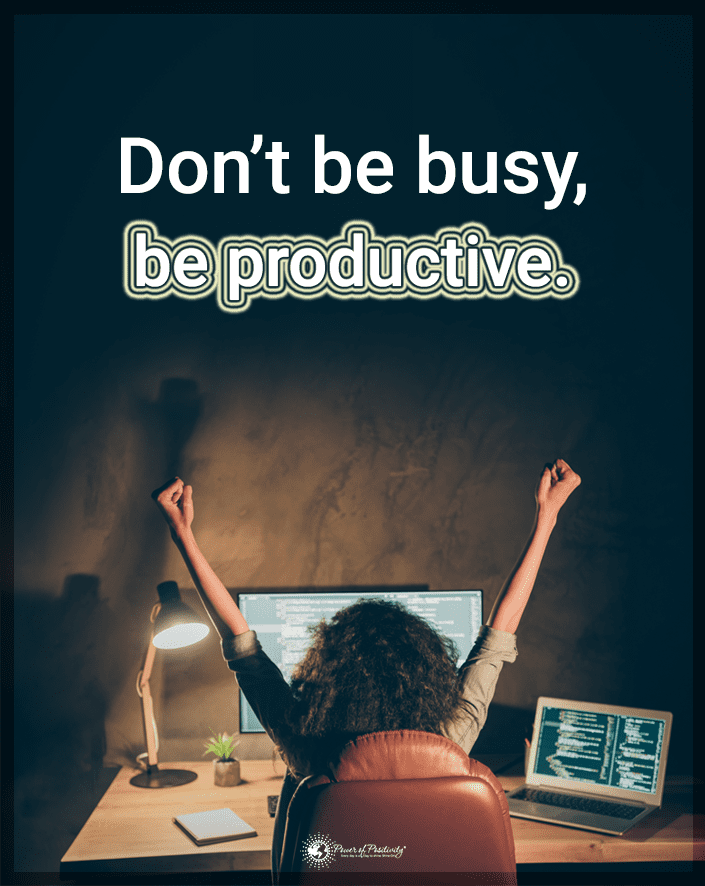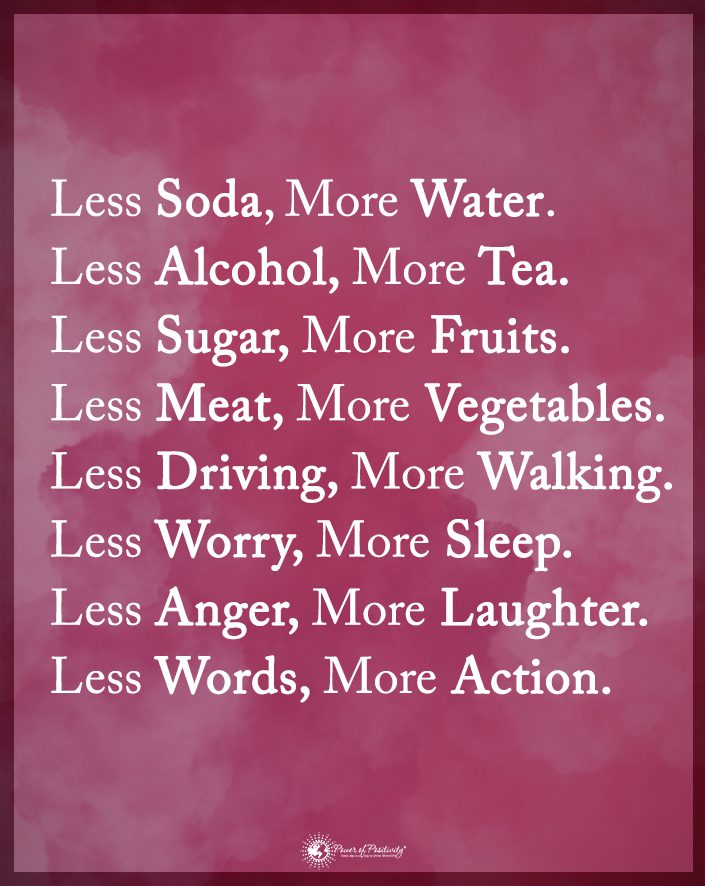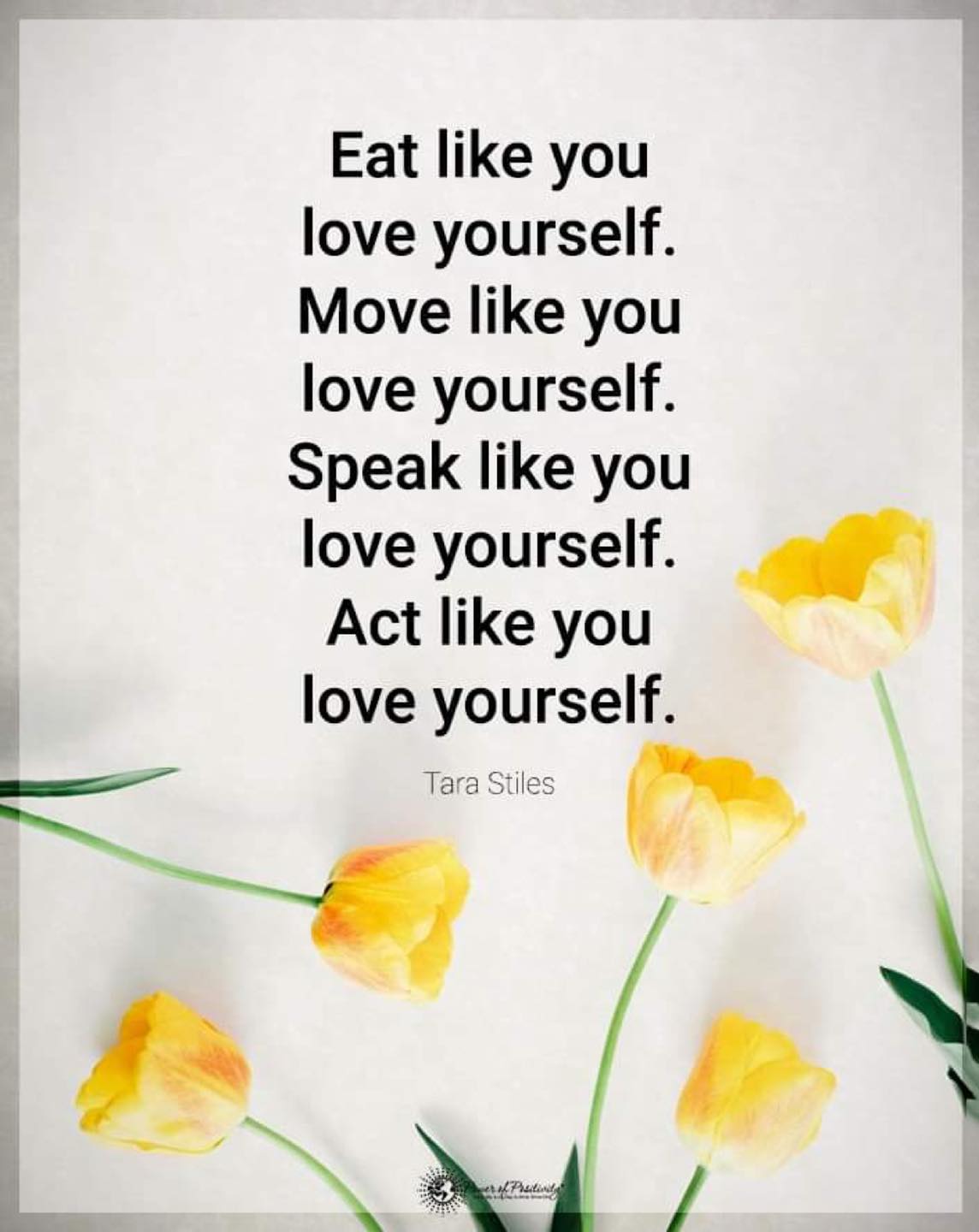Do you pretend to be happy to the outside world while loneliness causes pain behind the scenes? You may go as far as to make up fake stuff to post on social media so that people think your life is fantastic. Almost everyone will experience lonely spells. In fact, you can only understand it entirely if you experience the pain yourself.
You can tell the world that everything is great, and a good family and friends surround you, but you know you’re not at your best. It’s likely that life handed you a few blows and threw things at your front door that knocked the desire to socialize out of you. At some point, you must learn to get out and mingle again and get the life you so richly deserve.
Ten Frequent Signs of Loneliness
It’s possible that being lonely has become part of your life, and you don’t know it’s happening. You’ve hidden these feelings for so long that you think it’s normal to feel this way. If you’ve wondered what happened to the life you once had, it may be time to fight the inner demons that keep you isolated. Here are ten signs that you’re lonesome and how you can fix it.

1. You Tell People You Are Busy to Conceal the Loneliness
How often have you told someone that you’re busy but don’t have anything to do? Many folks try to make it seem to the outside world that they have a hopping social life, but the truth is you’re lonely and bored out of your mind.
How to Fix It:
Start being honest with people about your lack of things to do. Chances are you’re bored because you’re coming across to people that you have no time to do anything. People will invite you to parties and other outings when they think you have free time to go.
2. There’s No Downtime
Everyone has some downtime, but what you do with these time frames counts. You can work until you have only a few hours to sleep a day, but you’re only isolating yourself from the life you want. When you do have time off from work to sit and think, you’re spending it on how you can make others believe your life is so amazing.
How to Fix It:
You must take time for yourself and engage in self-care. According to Harvard Health, when you take time to nourish your body and soul, you will feel and function better.
Experts further state that this is an excellent way to help with physical and mental health disorders, which can be behind much of your loneliness. If you have social anxiety or paranoia, you may avoid going out at all costs.
3. Loneliness Contributes to Irregular Sleeping Habits
If you’re lonely, chances are you’re not sleeping very well. If you’ve ever dealt with a child with ADHD, you know that you must wear them out before they can fall asleep at night. The same principle applies to adults, too, whether you have a neurological disorder or not.
You need to have a full day where your body craves rest. If you lounge on the couch watching TV, you may sleep off and on during the programs and have a hard time sleeping that night.
How to Fix It:
Loneliness can cause poor sleeping habits for many reasons. If there’s depression in the mix, you may find that you sleep more than you should. However, others find they can’t get their eyes to stay shut. Becoming more active will tire your body and make rest easier.
4. You Make Things Up on Social Media
One significant indication that someone is lonely is that they will invent stories for social media. If your life isn’t interesting enough, then making up something good and juicy will make people pay attention.
This is attention-seeking behavior and can lead you down a toxic road. These stories are a cry for help from a place of loneliness, and you don’t have to live this way.
How to Fix It:
If you like making up stories to make your life seem more interesting, it’s time to get out and start living. Try to connect with people in some chat rooms in your local area. You’ll have more stuff to do when you make friends and put yourself out there.
5. You Flirt a Lot
Did you know that lonely people tend to flirt a lot? They do it for attention, as it soothes the loneliness they feel inside. There’s certainly nothing wrong with some harmless flirting, but if this isn’t your style, you may be craving attention so bad that you will stop at nothing to get it.
How to Fix It:
If people notice that your flirting has become ridiculous, it indicates something deeper is going on inside. The loneliness you feel can drive you to do acts of desperation, and sometimes these acts can get you in serious trouble. It’s time for some healthy outlets to eliminate these intense feelings.

6. You Pretend You’re Happy to Hide the Loneliness
Many folks act like everything is excellent in their world, and they would never dare tell someone how they feel on the inside. Perhaps, the greatest struggle is not being honest with yourself or others about the conditions of your life.
How to Fix It:
Loneliness can only be cured by engaging in social activities and finding your purpose. Put yourself out there and let people know you’re looking for things to do. If you keep closing yourself off from the world, they will leave you alone, thinking you are content as a party of one.
7. You Engage in Seasonal Relationships
Perhaps part of the reason why you’re so lonely is that you treat your friends like seasonal parts of your life. You only call them when you need something and don’t check in regularly. Friendships need nourishing to keep them healthy and growing, and if you’re not putting the time or effort into them, it could be why loneliness has found you.
How to Fix It:
If you want people to be in your inner circle and help you fight the feelings of being alone, you need to acknowledge their existence. While you’re sending the message to them that you’re too busy, what’s happening is that you’re too afraid to admit that there’s an issue with loneliness inside.
8. You’re Always on Your Phone When You Feel Lonely
Your phone is glued to your side, and you check your email and social messaging a hundred times daily. You’re so afraid you will miss something that you’re addicted to this device. You wait for someone to post on social media so you can read their story, and you answer emails within minutes.
How to Fix It:
To be successful in business and life, you don’t need to be on electronic devices. You might have an easier time finding the social life you want if you get off your phone and talk to people face-to-face.
9. Loneliness Often Leads to Impulse Purchases
Did you know that many people use shopping as a type of therapy? Loneliness can temporarily ease when you have a new outfit, some great kitchen gadgets, and the pair of boots you’ve been waiting to purchase. Have you heard people say they need retail therapy?
A study in 2014 by the Journal of Consumer Psychology states that there’s some truth to shopping being therapeutic. The study found that shopping does alleviate sadness and helps lonely folks as it causes a surge of dopamine in your brain. Sadly, the intense feelings are short-lived, which is why it often becomes a huge problem.
How to Fix It:
Retail therapy can be just as addicting as gambling. If you are spending money you can’t afford or running up debt to make yourself feel better, you need to get help. A therapist can help you find social activities in your area and explore why you’re so lonely at this stage.
10. Messing Things Up is a Habit
You can be surrounded by people and still feel all alone. Part of the issue with the lonely crowd is that they tend to mess things up frequently. Maybe you engage in self-sabotaging relationships as you can’t imagine those good things will happen to you.
How to Fix It:
You need to seek counseling to see why you’re self-sabotaging good relationships. You may have paranoia and relationship anxiety, so you need to find coping skills for these flaws.

Final Thoughts on Identifying Loneliness and How to Overcome the Lonely Feelings
If you feel lonesome, you may be dealing with something more profound. Many mental illnesses like anxiety and depression cause you to isolate and close the world off from around you. It’s not healthy to remain alone when there are people that will love and support you.
While it’s okay to spend time alone to process things that happen to you, you must remember that you can’t lock yourself away forever. It will only worsen things if you’re in denial about the situation. The sooner you admit that you have a problem and are lonesome, the quicker you can get help and resolve the core issues.














